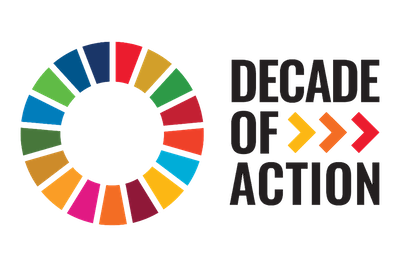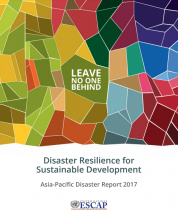
Asia Pacific Disaster Report 2017
Flagship
Asia and the Pacific is the region most affected by natural disasters which hit hardest at the poorest countries and communities. And on present…
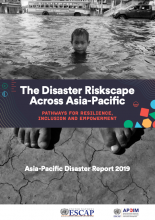
Asia Pacific Disaster Report 2019
Flagship
The Asia-Pacific region faces a daunting spectrum of natural hazards. Indeed, many countries could be reaching a tipping point beyond which…

Asia Pacific Disaster Report 2021
Flagship
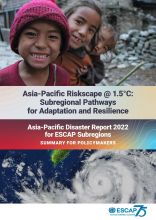
Asia Pacific Disaster Report 2022 for ESCAP Subregions Summary for Policymakers
Report
Asia Pacific Disaster Report 2022 for ESCAP Subregions: Summary for Policymakers builds on ESCAP’s Asia Pacific Disaster Report 2021, Asia and the…
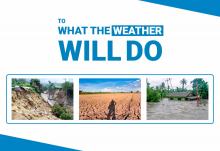
ESCAP's approach to Impact-based Forecasting
Awareness Building
An introduction to ESCAP’s approach to impact-based forecasting, combining information on hazards, exposure and vulnerability to identify…
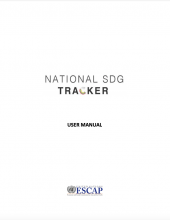
Investing in innovative solutions to manage cascading disaster risks in South Asia
Policy Brief
At present, South Asia is among the sub-regions where the spread of COVID-19 transmission is peaking. The intersection of the pandemic with the…

Pathways to manage cacading risks in protect people in South Asia
Policy Brief
In South Asia, against a backdrop of existing critical socioeconomic vulnerabilities, the deluge of weather events starting from cyclones, to…
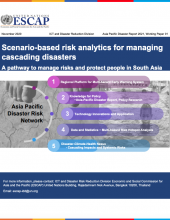
Scenario-based risk analytics for managing cascading disasters
Manuals and Training Materials
The COVID-19 pandemic has made it clear that biological and natural hazards intersect with each other and increase the complexity of overall…

Seasonal outlook to socioeconoic Impact based forecasting
Manuals and Training Materials
Impact-based forecasting signals an evolution from “what the weather will be” to “what the weather will do” and thus bridges the gaps between…
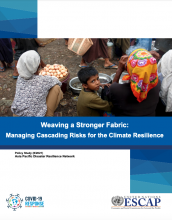
Weaving a stronger fabric: managing cascading risks for the climate resilience
Policy Brief
The intersection of COVID-19 and extreme climate events reminds us once again the shared vulnerabilities of South Asia and urgency of sub-regional…


